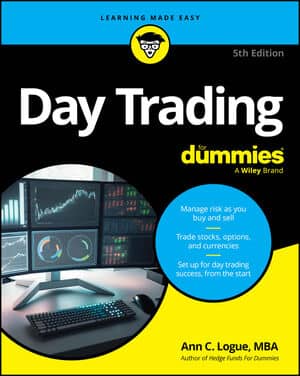If you meet the IRS qualifications for being a day trader, you can avoid some of the tax headaches faced by people who trade but are not considered by the taxman to be traders.
If you trade as your job, make thousands of trades a year, and rarely hold any position for more than a day, then you can fill out something called Form 3115, Application for Change in Accounting Method, and tell the IRS that you want to use the mark-to-market election in calculating your capital gains and losses. Form 3115 isn’t an easy form to fill out, so you should have a professional do it for you.
The form has to be submitted with your prior year’s tax return. If you want to use mark-to-market accounting in 2012, for example, you need to submit Form 3115 when you send your 2011 tax return in April 2012.
You can’t use the election in your first year of trading. You first have to prove that you are a trader before you are allowed to get the tax benefits that go with the title. Consider it an apprenticeship.
If you qualify for trader status, you receive two benefits: mark-to-market accounting and increased expense deductions.
Benefits of mark-to-market accounting for day traders
Under mark-to-market accounting, you no longer have to track capital gains. Instead, you pretend to sell your portfolio at the end of the year and then pretend to repurchase everything at the beginning of the new year so that all capital gains fall into income.
Because day traders usually close all their positions at the end of the day anyway, mark-to-market accounting may not seem like a big deal, but it is: In effect, converting all capital gains to income means that your trades are no longer subject to the wash-sale rule. For most day traders, this lowers taxes and results in fewer paperwork hassles.
If you use mark-to-market accounting, you can no longer get the 15-percent rate on any long-term capital gains from your trading activities. Unless you work with listed options, which are considered to show profits that are 60-percent long-term capital gains and 40-percent short-term capital gains, you may have any long-term capital gains from your trading activities.
Greater deductibility of day trading expenses
In general, the IRS allows investors to deduct business expenses only if these expenses exceed 2 percent of adjusted gross income. However, anyone who gets to join the charmed circle of IRS-qualified traders gets to deduct 100 percent of expenses, regardless of their adjusted gross income. They get to deduct all their investment interest, too.
One caveat, though: The IRS assumes that people are in the business of trading because they are making money at it. If you lose money for three out of five years, even if it’s because your expenses exceeded your investment profits, the IRS will probably kick you out of the club.

